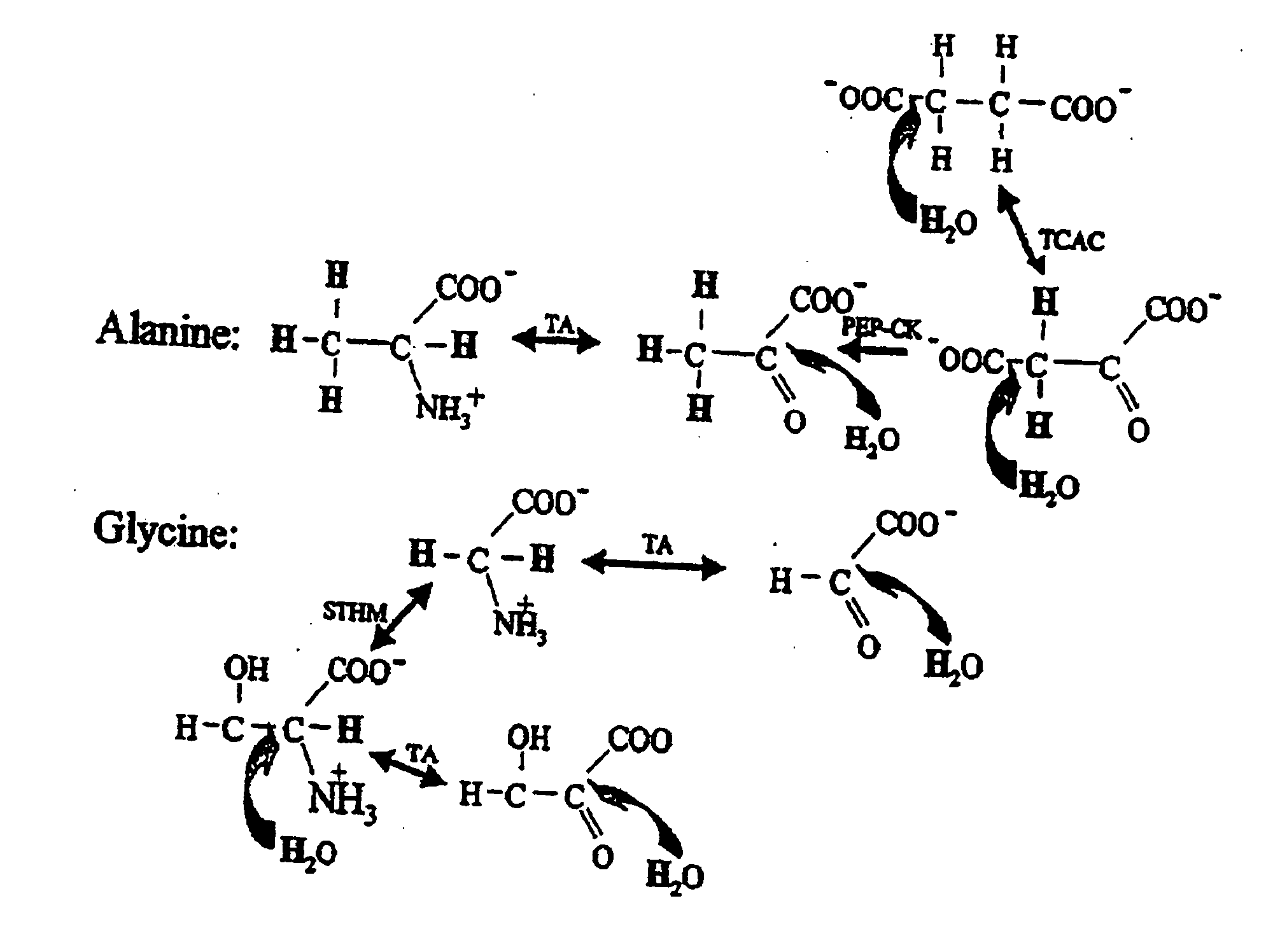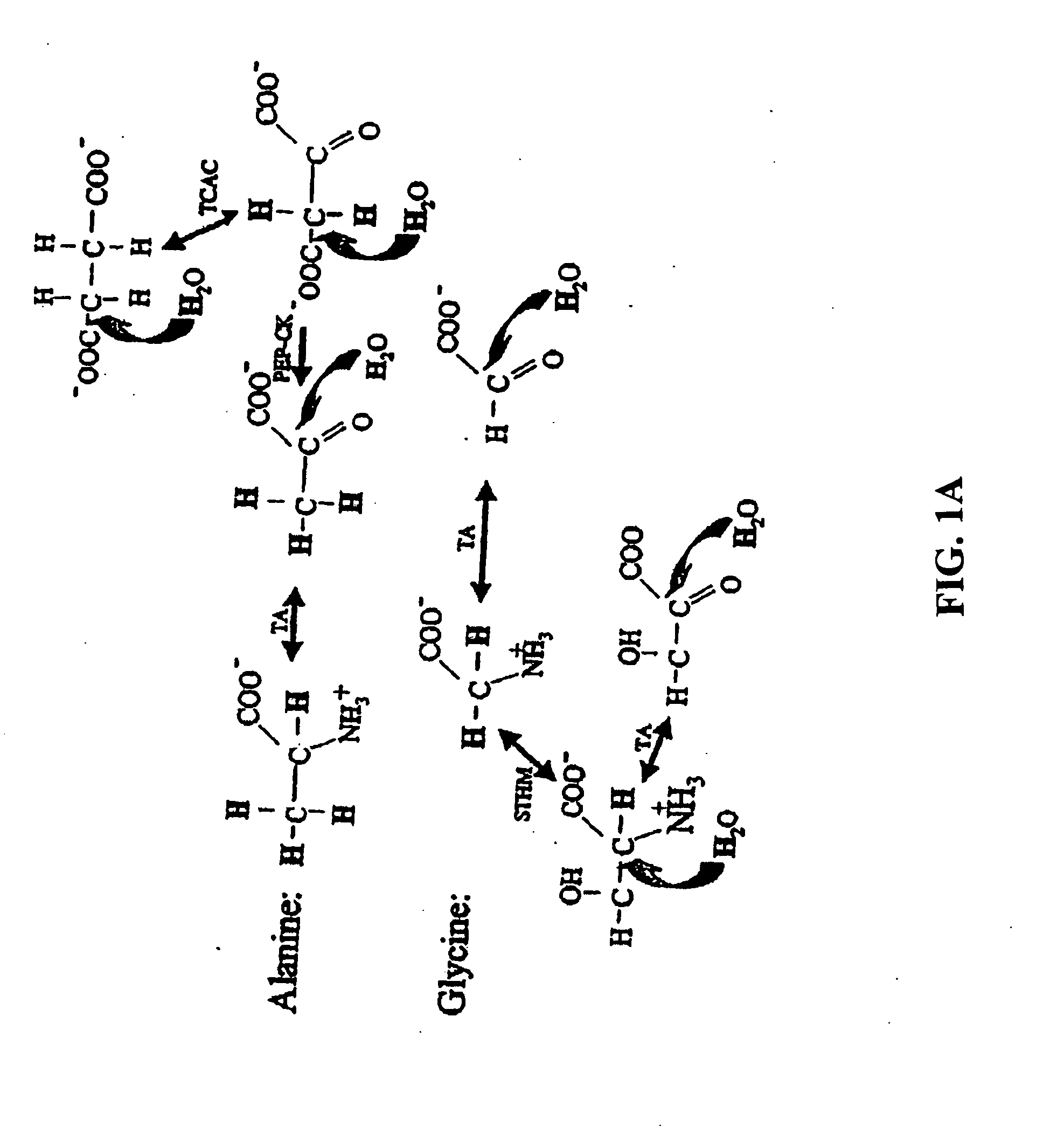Compositions and methods of treatment using modulators of motoneuron diseases
a technology of motoneuron disease and composition, applied in the direction of biocide, drug composition, instruments, etc., can solve the problems of delay in onset of als symptoms or reduction in severity of als symptoms
- Summary
- Abstract
- Description
- Claims
- Application Information
AI Technical Summary
Benefits of technology
Problems solved by technology
Method used
Image
Examples
example 1
Isolation of Tubulin Dimers and Polymers
[0204] Tubulin was purified using minor modifications of protocols described previously (Fanara, P., Oback, B., Ashman, K., Podtelejnikov, A., Brandt, R. Identification of MINUS, a small polypeptide that functions as a microtubule nucleation suppressor. EMBO J. 18, 565-577 (1999); Fanara, P. et al. In vivo measurement of microtubule dynamics using stable isotope labeling with heavy water. Effect of taxanes. J. Biol. Chem. 279, 49940-49947 (2004). For purification ex vivo, mice were anesthetized with isoflurane and euthanized by cervical dislocation. Sciatic nerve was dissected and isolated as follows. The skin was pulled back to expose the muscle over the lower half of the body. Using scissors, the spinal cord was transected just below the lumbar region, and just above the wider sacral area. The partly opened scissors was slid down the lumbar region of the back bone, until the scissors hit at about the wide iliac portion of the hips. This cut...
example 2
Isolation of Cold-Stable Microtubules
[0205] Cold-stable microtubules were isolated using minor modifications of protocols described previously (Pirollet, F., Derancourt, J., Haiech, J., Job, D., Margolis, R. L. Ca (2+)-calmodulin regulated effectors of microtubule stability in bovine brain. Biochemistry 31, 8849-8855 (1992)). Briefly, cell or tissue crude homogenates were prepared in ice-cold MSB (Fanara, P., Oback, B., Ashman, K., Podtelejnikov, A., Brandt, R. Identification of MINUS, a small polypeptide that functions as a microtubule nucleation suppressor. EMBO J. 18, 565-577 (1999) containing 1.5 mM CaCl2, the proportion of buffer to cell mass or brain tissue was set at a ratio of 1.4:1 (vol / wt). After 2 min. on ice, EGTA was added to a final concentration of 3 mM, and the mixture was homogenized on ice for an additional 1 min. The extract was centrifuged at 150,000×g at 4° C. for 30 min, and the supernatant was collected. Microtubule assembly was initiated by incubating the su...
example 3
Processing of Tubulin for GC / MS Analysis
[0206] Tubulin samples were hydrolyzed by treatment with 6N HCl for 16 hours at 110° C. Protein-derived amino acids were derivatized to pentafluorobenzyl derivatives, and 2H incorporation into alanine was measured by GC / MS as described in detail elsewhere (Fanara, P. et al. In vivo measurement of microtubule dynamics using stable isotope labeling with heavy water. Effect of taxanes. J. Biol. Chem. 279, 499-4049947 (2004)). 2H enrichment was calculated as the percent increase, over natural abundance, in the percentage of alanine derivative present as the (M+1) mass isotopomer.
PUM
| Property | Measurement | Unit |
|---|---|---|
| Time | aaaaa | aaaaa |
| Time | aaaaa | aaaaa |
| Time | aaaaa | aaaaa |
Abstract
Description
Claims
Application Information
 Login to View More
Login to View More - R&D
- Intellectual Property
- Life Sciences
- Materials
- Tech Scout
- Unparalleled Data Quality
- Higher Quality Content
- 60% Fewer Hallucinations
Browse by: Latest US Patents, China's latest patents, Technical Efficacy Thesaurus, Application Domain, Technology Topic, Popular Technical Reports.
© 2025 PatSnap. All rights reserved.Legal|Privacy policy|Modern Slavery Act Transparency Statement|Sitemap|About US| Contact US: help@patsnap.com



